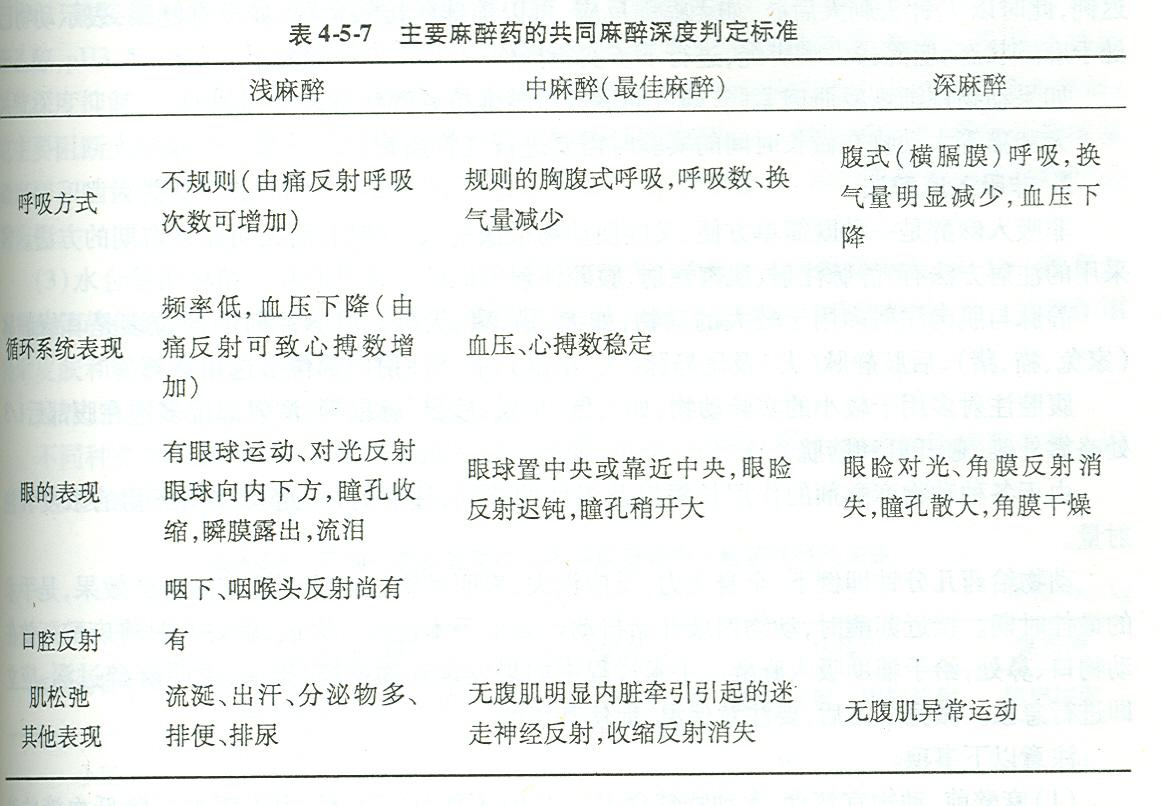
Anesthesia for laboratory animals is not only a need to protect operators and facilitate the achievement of experimental research goals, but also a necessary measure for humanitarian protection and management of laboratory animals.
Experimental animal anesthesia is to use physical or chemical methods to temporarily disappear or delay the pain of the animal's body or part in order to facilitate the smooth progress of the experiment. The best state of anesthesia for surgery is loss of consciousness, loss of pain and relaxation. For different types of experimental animals, short-acting (30min), medium-acting (120min), and long-acting (longer than 120mn) anesthesia are often combined. The body temperature of experimental animals must be checked during and after anesthesia. When the body temperature of the experimental animals decreases, heat lamps, heating capacity and heat preservation measures should be used.
Laboratory animal anesthesia includes general anesthesia and local anesthesia, and general anesthesia includes gas inhalation and injection anesthesia. The criteria for determining the depth of anesthesia are shown in Table 4-5-7.
